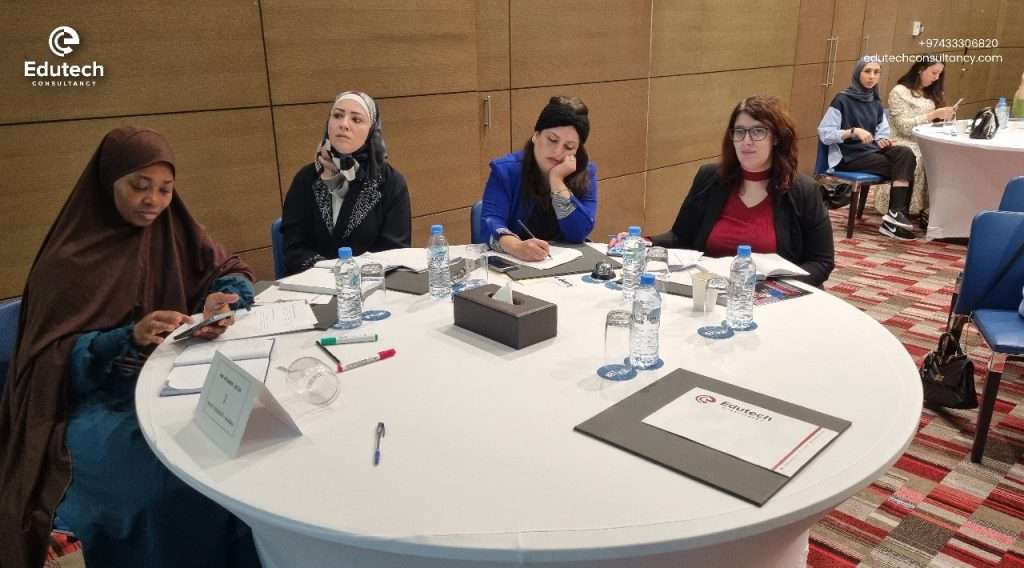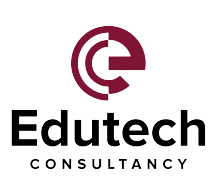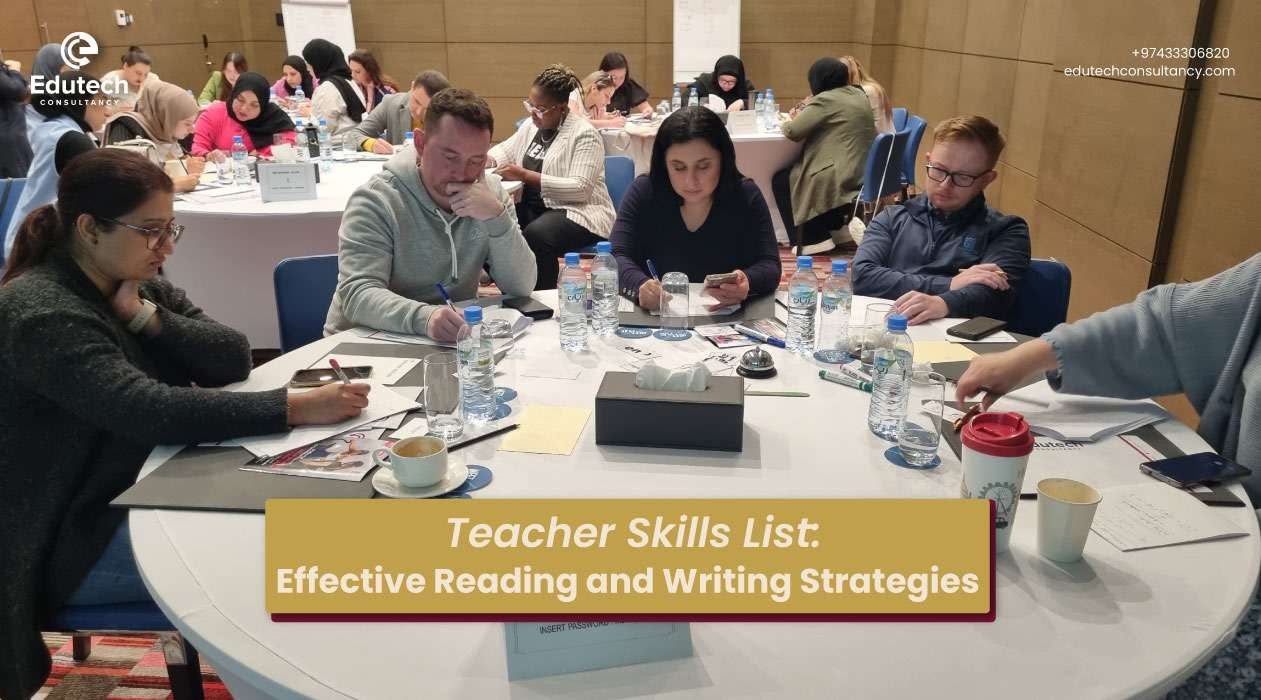Reading and writing skills are fundamental for student success in today’s educational landscape. Teachers who excel in fostering these abilities are invaluable. Hence, developing effective reading and writing strategies equips educators to guide students in comprehension, critical thinking, and structured expression. This article dives deep into the essential teacher skills list and also offers a roadmap for teachers to enhance their instructional approach, ultimately improving students’ reading and writing capabilities.
Why a Strong Teacher Skills List Should Include Reading and Writing Proficiency
For teacher skills list, effective reading and writing skills are pivotal to enhancing student outcomes. These abilities form the backbone of communication and critical thinking, vital to the learning environment. Skills such as phonemic awareness, main idea identification, and summarization are integral to literacy instruction, while sentence structure, cohesion, and editing anchor strong writing instruction.
5 Strategies for Effective Reading Skills
Teaching reading starts with mastering specific sub-skills that enable students to decode, interpret, and engage with texts. Here are five foundational reading skills teachers can adopt:

1. Teach Students to “Read as Writers”
Encourage students to “read as writers”. This will help them see the link between reading and writing by analyzing the structure and stylistic choices authors make. This approach goes beyond traditional reading skills like fluency and comprehension. Furthermore, by examining authorial choices, text structure, students learn to recognize elements like sentence construction, paragraph organization, and vocabulary.
2. Practice Storytelling for Enhanced Comprehension
Building strong comprehension skills is essential for effective reading instruction. One powerful way to do this is through storytelling, which invites students to engage deeply with texts. Teachers can also enhance comprehension by encouraging questioning, summarizing key points, and identifying the main idea within stories. Additionally, techniques like visualization allow students to create mental images, making the content more memorable and meaningful.
3. Build Vocabulary
Vocabulary instruction is also essential for comprehension. Encourage students to notice word choices and explore new terms actively. Effective teachers introduce vocabulary in context, ensuring students understand word meanings within passages. Techniques like word mapping and morphology exercises also help students expand their vocabulary, equipping them with tools to understand diverse texts.
4. Collaborative Reading: An Essential Element of Your Teacher Skills List
Using choral reading or partner reading strategies can effectively build reading fluency and comprehension skills. Moreover, in choral reading, the teacher and class read a text together aloud, allowing all students, including those who may struggle, to participate confidently. This group approach fosters reading fluency and boosts confidence, as well as providing a supportive environment for developing readers.
5. Encourage Students to Summarize Their Reading
To quickly gauge comprehension, teachers ask students to write a short summary right after they finish reading. In addition, this activity helps them to break down the main ideas, identify key details, and reinforce what they’ve learned. For students who find summarizing a full paragraph challenging, a simple outline using “who, what, when, where, why, and how” questions can be equally effective in capturing the essence of the text.
5 Strategies for Effective Writing Skills
Writing instruction requires a balanced focus on technical teacher skills list, creative expression, and logical coherence. Here are five foundational writing strategies teachers can adopt:

1. Handwriting, Spelling, and Sentence Structure
Building fluency in handwriting, spelling, sentence construction, typing, and word processing is crucial for students to express their ideas effectively. When students develop these foundational writing skills, they can focus more on their ideas rather than basic mechanics. Younger writers, however, often need considerable practice to polish skills like spelling and sentence construction before becoming proficient.
2. Cohesion and Coherence through Student Writing Choices
Provide students with choices in writing assignments—such as selecting their own topics or the freedom to modify a teacher-selected prompt. Eventually this practice will enhance their engagement and encourage cohesive, logical writing. Allowing them to record ideas in a notebook furthermore offers a ready source of writing topics and fuels creativity.
Teachers can guide students in building cohesion by teaching effective transitions and showing how these help to clarify arguments or narratives for the reader. This approach is especially impactful in expository and persuasive writing, as it promotes both flow and clarity.
3. Editing and Revising Skills
Editing and revising are vital steps in producing polished work. Teachers guide students to identify errors in punctuation, spelling, and grammar and also make necessary improvements. Proofreading sessions therefore reinforce these skills, promoting independent error correction.
4. Writing for Different Purposes: Narrative, Persuasive, Descriptive, and Expository
Teachers can introduce various writing types to help students adapt their style to specific purposes. Mastering various writing types allows students to approach assignments with confidence, as they learn how to adapt their language and structure to match the demands of each format.
- Narrative Writing: Developing storytelling skills with a clear beginning, middle, and end.
- Persuasive Writing: Crafting arguments that present a thesis statement, supported by logical reasoning and evidence.
- Descriptive Writing: Enhancing sensory details to create vivid images in the reader’s mind.
- Expository Writing: Providing clear, factual information in a logical structure, perfect for reports and explanations.
5. Outlining and Planning
Teachers can help students organize their thoughts through outlining, which is essential for longer writing assignments. Planning reduces writer’s block, ensuring students have a roadmap for their thesis, supporting points, and conclusions.
Empowering Teachers to Enhance Student Literacy
Effective reading and writing strategies are instrumental in the classroom. From phonemic awareness and comprehension to structured writing and advanced analysis, these skills equip teachers to foster literacy. By investing in these techniques and ongoing training, such as our upcoming reading and writing workshop, teachers in Qatar can ensure their students gain essential, lifelong skills in literacy.
Conclusion: Advanced Strategies for Enhancing Reading and Writing Skills
For teachers looking to elevate their students’ literacy skills, advanced strategies offer powerful tools to deepen comprehension and sharpen writing. By analyzing text structures like cause and effect, compare and contrast, or sequencing, teachers can equip students to decode complex nonfiction texts and better organize their writing.
Similarly, paraphrasing and summarization techniques strengthen understanding and foster clear, concise expression—essential for essay writing. When students develop audience awareness in writing, they learn to tailor tone, vocabulary, and structure to meet specific purposes, preparing them for both academic success and future professional communication.
These advanced strategies and more will be covered in our Effective Reading and Writing Strategies Workshop, designed to support Qatar educators in building resilient, high-level reading and writing skills in their students. Attendees will explore practical exercises, instructional strategies, and innovative techniques tailored to improve both reading and writing skills. Visit Edutech Consultancy Qatar to learn more about the workshop, where educators can refine their techniques to support student success effectively.
FAQs
Why reading and writing skills are essential for every teacher skills list?
Reading and writing skills are essential for teacher skills list because they form the basis of effective communication and critical thinking in the classroom. These skills allow teachers to convey ideas clearly, model literacy skills, and guide students in developing their comprehension and writing abilities.
How does teaching students to summarize benefit their reading and writing skills?
Summarizing helps students identify the main ideas and key details of a text, reinforcing comprehension. It also improves writing skills by encouraging conciseness and clarity. Teachers can use techniques like “who, what, when, where, why, and how” to guide students in breaking down complex information into manageable parts, making summarization an invaluable literacy tool.
What resources are available to help teachers develop their reading and writing teaching strategies?
Many resources are available, including professional development workshops, online courses, and educational websites. Our upcoming Effective Reading and Writing Strategies Workshop provides hands-on training for teachers, covering foundational and advanced literacy techniques to improve classroom instruction.


